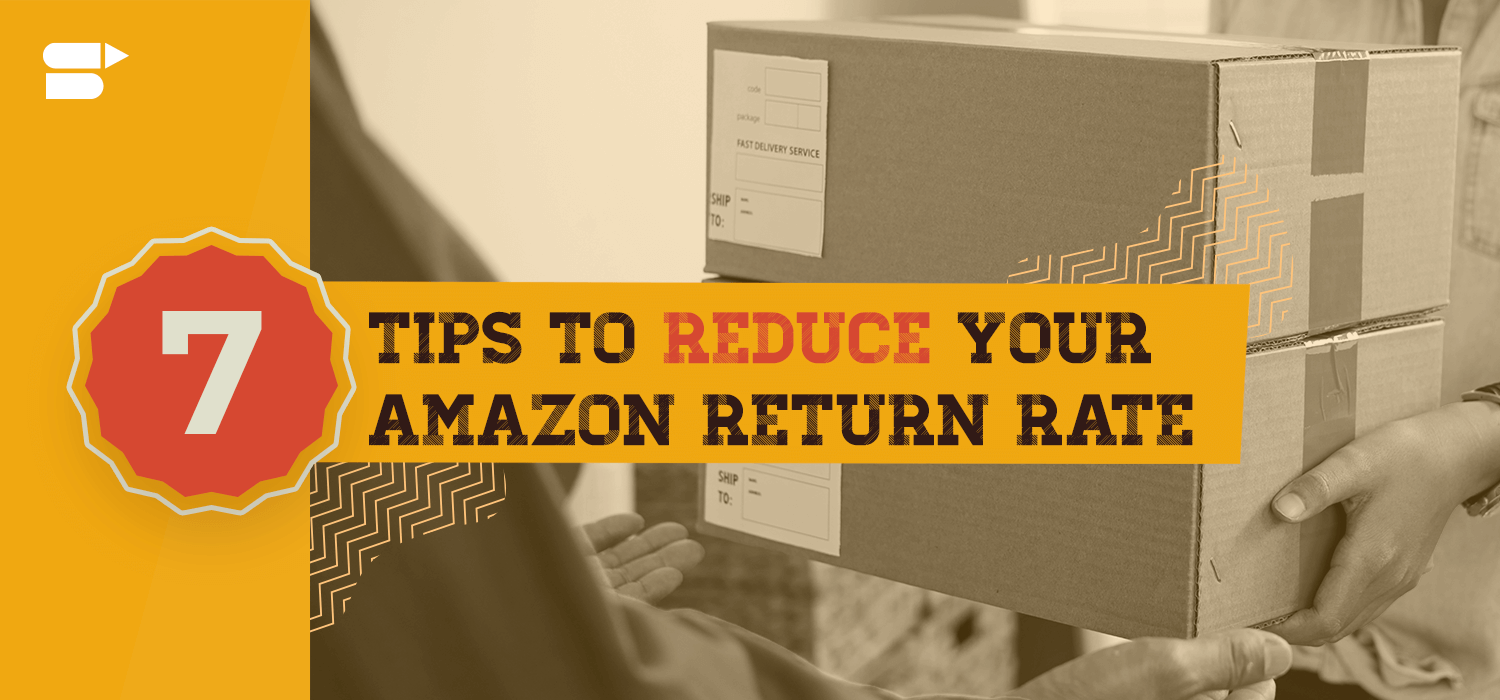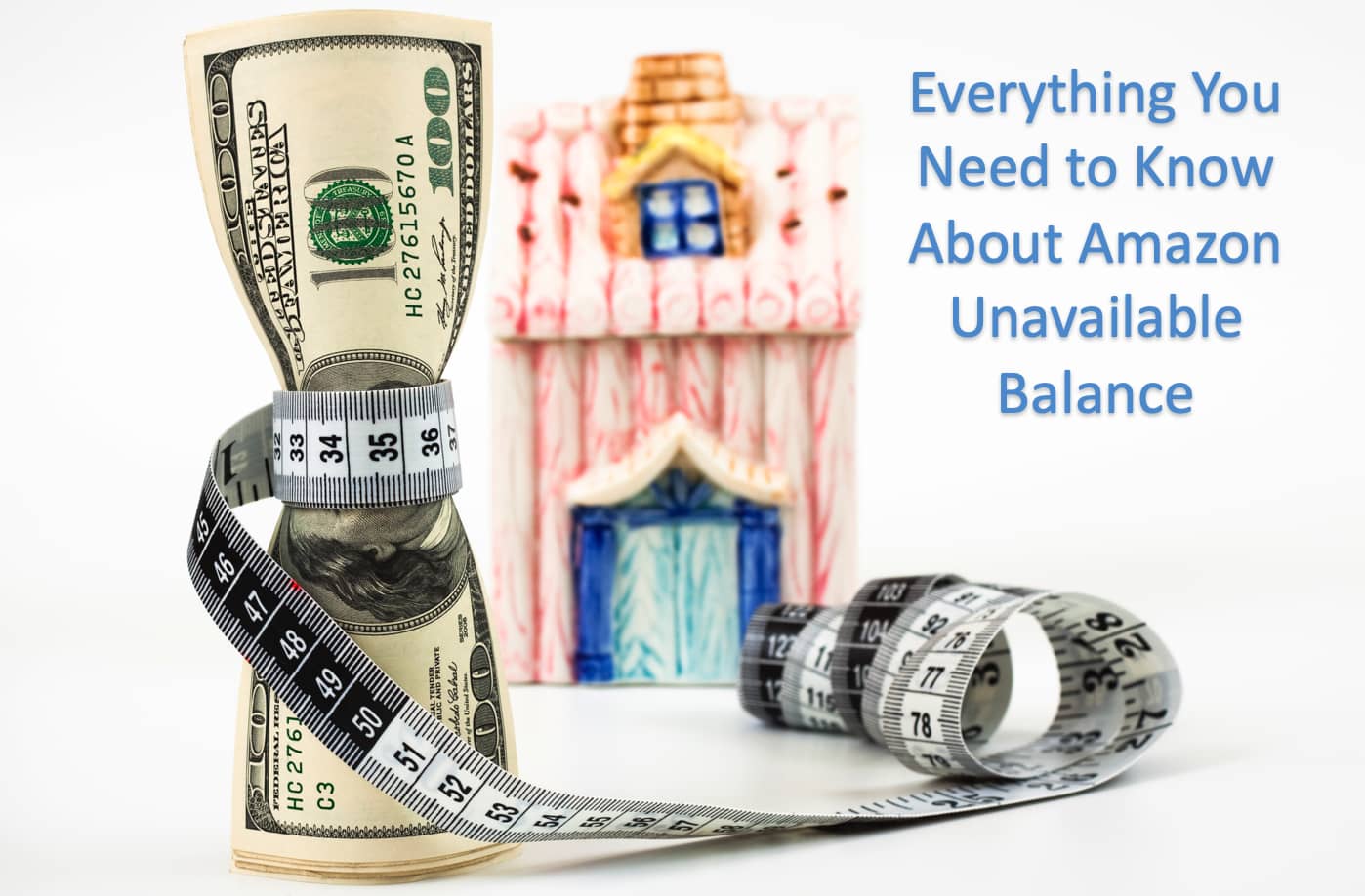7 Best Ways to Minimize Returns on Amazon

Selling on Amazon isn’t easy. The competition is cut-throat, and you need to constantly innovate to stay one step ahead of the game. Unlike a regular brick-and-mortar store, your work isn’t finished after a sale is complete. Product returns on E-commerce platforms are the bane of a seller’s existence. An unhappy customer or a returned product can have a massive impact on your credibility and eat into your profits. So how can you reduce returns on Amazon and break away from the competition?
Customers can return products for a variety of reasons. While some returns are unavoidable, there are many ways in which a seller can reduce their Amazon product return rate and avoid being dragged into the bottomless pit of E-commerce. Here are our tips to minimize returns and improve your Amazon return rate.
Quick Guide:
- 360-degree product photographs
- Detailed product description
- Use product videos
- Excellent packaging
- On-time shipping and delivery
- Ensure timely customer support
- Use feedback and customer reviews
- Final thoughts
360-degree product photographs
A picture is worth a thousand words. The product photograph on Amazon is the first point of contact with potential customers, and it’s important to make a strong first impression. But how are they relevant to returns on Amazon?
Selling on an E-commerce platform is inherently different from selling at a regular retail store. Customers can visually inspect and gauge the quality of products in a retail store. E-commerce platforms, on the other hand, give customers very little visual cues about the product they are about to purchase. Sellers have to bridge that gap with stunning photographs of the product. Making sure your customers have a 360-degree view of the product is the best way to minimize returns. Don’t miss out on critical visual information, so the customer knows exactly what they’re buying.
This listing above is a great example of how you should take photographs of your products. The seller has clearly displayed all the components in the product and provided photographs of the unboxed and packaged product.
Detailed product description
If there are features a photo can’t explain, make sure you have it covered in your product description. A detailed description of the product is key to reducing returns on Amazon since it limits the number of misinformed purchases. A good description will let customers know about the in and out features of the product, including key aspects like dimensions, color options, or materials used to make it. A customer who knows exactly what they’re getting is less likely to return the product once it’s delivered. Make sure you add key details to your product title so that customers have ready access to the information.
Check out this product description for a router. The seller has added all the information that a customer would look for. He has also used bullet points to neatly organize the information.
Depending on what you’re selling, it might be worthwhile to add a size mapping as well. Apparel and shoe sizes vary between brands, so it is important that customers are given exact numerical values to ensure they don’t mix up sizes. This is one of the most common and avoidable reasons for product returns on Amazon.
If you’re wondering how to get started and optimize your product listing, check out this useful guide:
Use product videos
Videos are excellent marketing tools. Since you can’t make a sales pitch in person, make sure your product video fills that gap. A product video can help customers understand the product better and help them make an informed choice when making a purchase. It compresses your product photographs as well as description into an accessible visual package and fills in the visual and sensory gap that otherwise plagues online shoppers. Keep in mind, you can only add videos and enhanced visual content if you are a brand registered with Amazon.
If you need help adding videos to your product listing, check out our handy guide!
Excellent packaging
A customer’s online shopping experience does not end once a product has been purchased. Packaging can go a long way in skyrocketing your sales. Packaging is not just about knowing how to pack a product, it also has to do with ensuring the right products are being packed in the first place. Always double-check your orders and ensure customers are receiving the product they asked for.
Delivering the wrong product can leave a massive dent in the customer’s opinion of your online store. While packing your products make sure you follow Amazon’s packaging standards. This will help prevent damage and reduce returns on Amazon as a result of damaged goods.
On-time shipping and delivery
Customers also have deadlines. Their purchase could be a birthday gift, which means waiting for the product is not an option. The moment you get an order, make sure the product is dispatched on time, every time. While there are always logistical concerns outside the seller’s control, it is in your power to dispatch orders as soon as possible. If the order arrives late, there’s always the chance that the product is returned, leading to an avoidable blot on your seller record. However, Amazon takes care of fulfillment for FBA sellers, so all you need to do is to keep track of your inventory.
To learn more about FBA and the costs associated with the program, watch this video:
Ensure timely customer support
Amazon’s customer-friendly return policies often mean you have no choice as a seller if a product is being returned. But a returned product is also an opportunity for a seller to learn from their mistakes. It is imperative that sellers address customer grievances in real time and ensure they create an avenue where customers can register their concerns.
A prompt response goes a long way in alleviating a customer’s anxieties and improving their confidence in your brand. A happy customer experience can often lead to more purchases and a lower Amazon return rate.
Check out this guide to know about Amazon return pallets.
Use feedback and customer reviews
Customer reviews are key to improving your service and products, so always keep an eye on user feedback and reviews. Try to identify why your product was returned and work towards solving that problem to minimize your return rates. It’s also never a bad idea to get in touch with the buyer directly. If a refund has been initiated by a customer, get in touch to see what can be improved and to study how that situation can be avoided in the future.
Direct and transparent communication is often all it takes to ensure the buyer does not leave negative seller feedback. You can take this a step further by asking your customers to fill in a quick multiple-choice survey to understand and tackle underlying issues.
Final thoughts
Returns are a part of the Amazon seller’s package, but there is no need to fear it. As long as you are diligent and transparent with your product listing, you can weed out the avoidable returns and maintain your seller reputation. If you do have a high Amazon return rate, invest time into finding the gap in your service, and work towards solving that problem. If you want to know more about Amazon’s return policies, check out this handy guide.
Let us know your tips and tricks to reduce returns on Amazon in the comment section below.
Additional Read:
How to Turn your Amazon Product Returns into Profits!










fb88vn
March 29, 2021Very helpful Blog.
Thank you SellerApp
Arishekar N
June 29, 2021Glad you liked it.
Rogerkiz
December 2, 2021Useful Information
Arishekar N
May 27, 2022Thank you.
Robert
December 28, 2021Good Resource for Amazon sellers
Arishekar N
May 27, 2022Glad you liked the article.